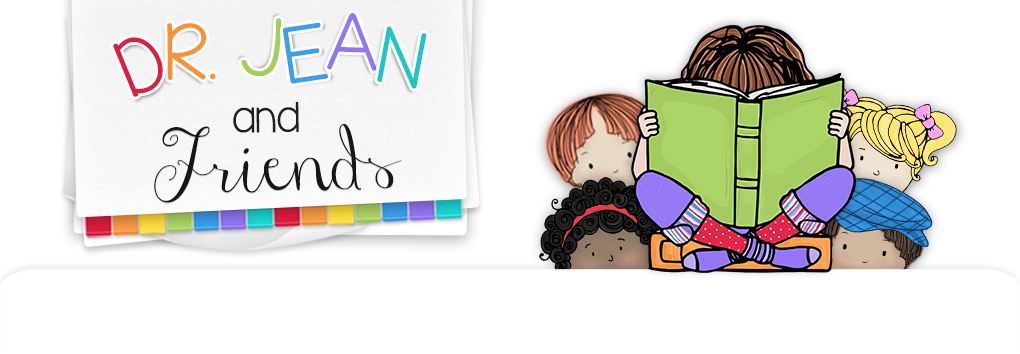This is an interesting study about how students who took notes by hand learned better than those who took notes on a laptop. Most of you know how I feel about screen time, and this is just another red flag about how we may have been lured into the “promises” of technology.
http://www.npr.org/2016/04/17/474525392/attention-students-put-your-laptops-away
We were brainstorming ways to use blank books one day in a workshop. One teacher said they would be great for taking notes. I must admit I was surprised at first by this suggestion. But the more I thought about it the more I realized it was BRILLIANT! All through their educational journey children are going to have to listen and take notes. Why not start when they are in kindergarten? This is a clear example that it’s not about the product – it’s the PROCESS. Getting children to pay attention and then draw a picture, write a word, or doodle is the beginning of note taking.
Start by explaining to children that taking notes can help them remember important information. As you read a book, encourage them to doodle and draw pictures of things they learn or find interesting. Invite them to share their drawings and recall information with their classmates or a partner. As they progress, suggest they write down words to help them remember things.
Here are some tools children could use for note taking:
White boards (plastic plates can be substituted for white boards)

Clipboards (make these out of corrugated cardboard and use a butterfly clip at the top - if you laminate a piece of card stock it can be used like a white board)
Chalkboards (old fashioned, but the kids still love using them)
Blank books (brochure, house book, or a piece of paper folded in fourths – Put these terms in my search engine to get directions.)

Sticky notes (children can put their sticky "notes" on an anchor chart)
Forms (children draw a picture and then write a sentence)

Encourage children by commenting about what good writers they are as they take notes. “You’re taking notes just like the big kids do in high school and college!” “Isn’t it fun to know how to write and take notes to help you remember!!!”

